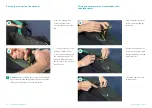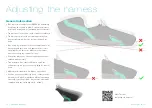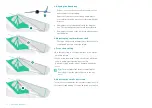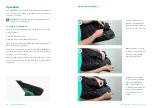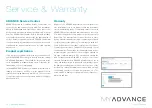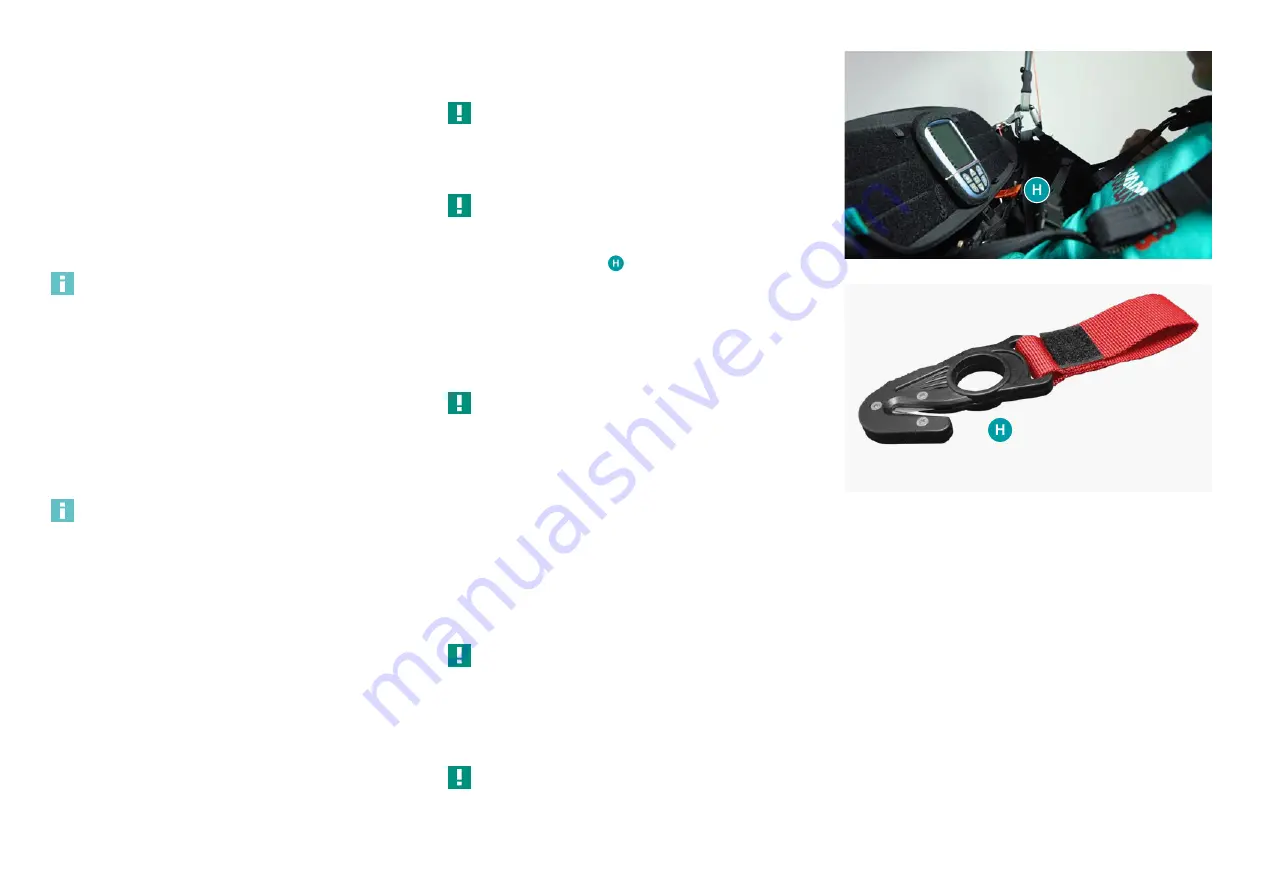
Emergencies
Reserve
Throwing the reserve
Use the correct technique to release and throw the reser-
ve. This is a pull then throw to the side. Do not pull stra-
ight up. Throw the reserve inner container as far away as
possible in the athwartships direction so that the lines are
quickly extended and tensioned.
Tip:
We recommend that you make a brief tacti-
le check on your reserve handle during every flight.
This will program the sub-conscious as to where it
is. We advise that you also mentally rehearse the
throwing technique.
In strong rotational flight, such as a spiral dive, very high
G-loading can occur. This can make reserve throwing
much more difficult. This is one reason why the IMPRESS
4 has two reserve compartments, so it is possible to carry
two reserves, one on each side.
Tip:
Take your harness along to a G-Force Trainer
and practise releasing your reserve under high
G-loading.
Landing under the reserve
After throwing a reserve get your feet out of the speed-
bag immediately and stabilise the paraglider. Then try to
open the small chest strap, speedbag closure and Closure
Remember System (CRS) while descending, so that after
arrival you only have the two Cobra buckles on the front
strap to open.
Reserve landing in strong wind
In a strong surface wind there’s a risk that the pilot, atta-
ched at the shoulders, will be dragged over the ground by
the reserve and paraglider. Options for dealing with this are
distinctly limited. This is why it is important that all buckles
except the front strap should be open before touchdown.
Caution:
If you cannot open a buckle, speedbag
or CRS cut these free with the hook knife before re-
aching the ground. The hook knife is in a pocket
under the cockpit, secured by a long line.
Caution:
With the prospect of landing in very
strong wind you should consider disabling the pa-
raglider by cutting through the risers on one side
with the hook knife
. In the air this will greatly im-
prove the perfomance and stability of your reserve.
The fitting of Quick-Out carabiners is popular in so-
me countries for this reason, but the hook knife is
considered more practical in an emergency, and ri-
sers are easier to replace than a set of lines.
Important:
The front strap will not release under
load.
Open the two front strap Cobra buckles on touchdown as
soon as it is relaxed. If this is not possible use the hook
knife to cut through both leg straps as well as the front
strap.
Water landing
Every water landing represents great danger and should be
avoided at all costs. Landings in flowing water or in coastal
surf are often fatal (drowning).
Caution:
Landing in water with a speedbag also
raises the danger level, in that there are more fas-
tenings to open than for a simple sit-up harness.
Even for an intentional water landing during safety training
the greatest caution is called for.
Important:
After a water landing separate your-
self from your harness as quickly as possible and
get clear of your equipment so that you do not get
caught up in reserve or paraglider lines.
Use in Practice
35 | ADVANCE IMPRESS 4

